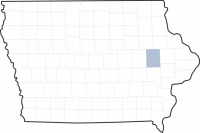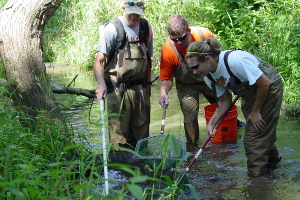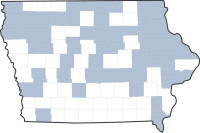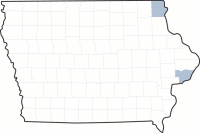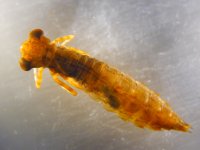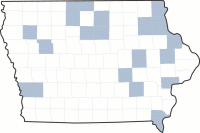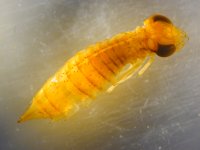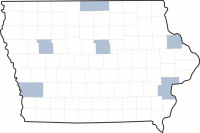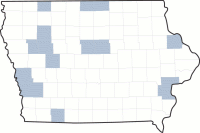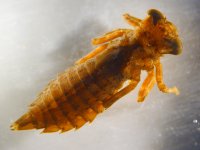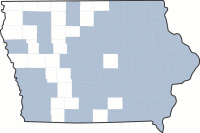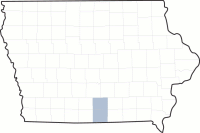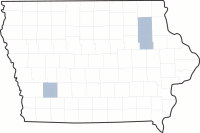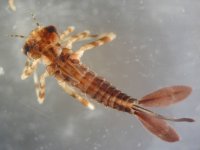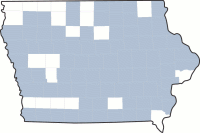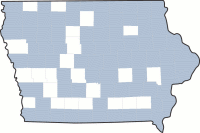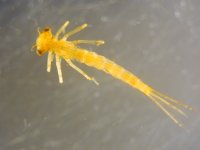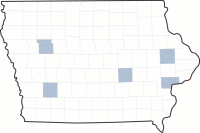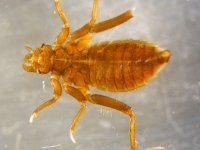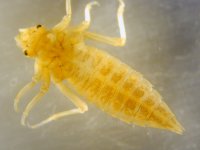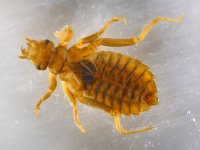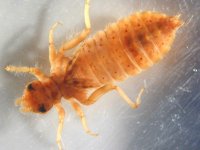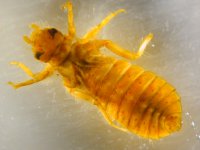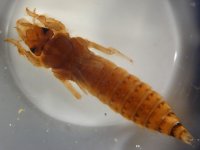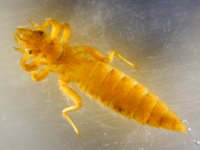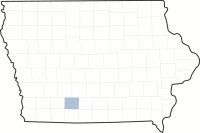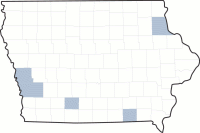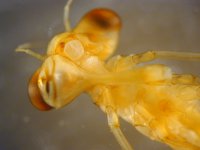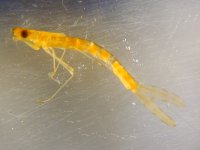Dragonflies and Damselflies (Odonata)
On a global basis, Odonata is one of the larger orders of aquatic insects with over 5,000 species, though much of this diversity is concentrated in the tropics (450 North American species). Except for a few species that inhabit damp leaf litter, all odonates have aquatic larvae and terrestrial adults. The often colorful adults are familiar to most people, especially dragonflies which, at rest, hold their two pairs of large wings horizontally from the body. Damselfly adults are often smaller and hold their wings together above the body at rest. The larvae of both can be easily distinguished from other aquatic insects by their distinctive mouthparts that resemble a hinged mask that covers their "face." As predators, this unique feature is used for seizing and grasping prey. Damselfly larvae do have 3 elongated or paddle-like "tails" which are generally thick and rigid compared to the "tails" of mayflies and stoneflies. Some small damselfly larvae might be confused with larvae of these other groups (similar looking "tails") but the distinctive mouths of odonates are always apparent. The majority of Odonata species prefer or require standing or sluggish water for larval development. Most of our odonate collections are of larvae from rivers/streams so most of the state's 110 (about) species are not represented here. The Iowa Odonata Survey presents collection localities and photos of adult dragonflies and damselflies. The "odon" of Odonata is Greek for tooth and refers to the mouth parts of adults.
-
Calopteryx Image not Available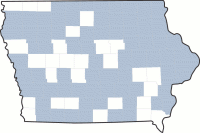
-
Hetaerina Image not Available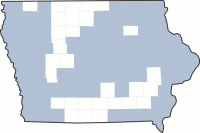
-
Hetaerina americana Image not Available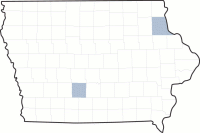
-
Epitheca Image not Available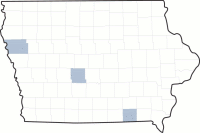
-
Neurocordulia molesta Image not Available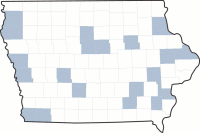
-
Somatochlora Image not Available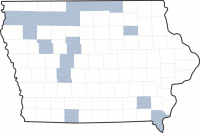
-
Somatochlora ensigera Image not Available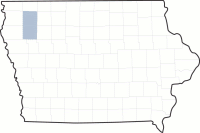
-
Somatochlora tenebrosa Image not Available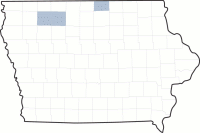
-
Somatoclora filosa Image not Available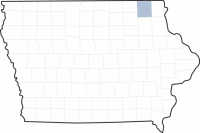
-
Arigomphus cornutus Image not Available -
Arigomphus Image not Available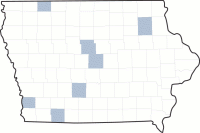
-
Dromogomphus Image not Available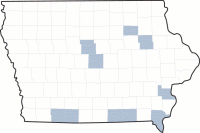
-
Dromogomphus spinosus 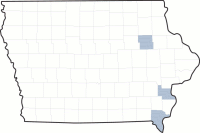
-
Gomphus externus Image not Available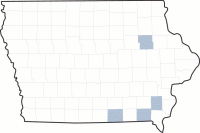
-
Gomphus fraternus 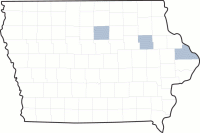
-
Gomphus graslinellus Image not Available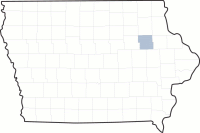
-
Gomphus Image not Available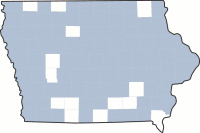
-
Gomphus vastus Image not Available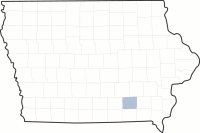
-
Ophiogomphus carolus Image not Available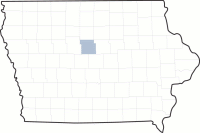
-
Ophiogomphus rupinsulensis 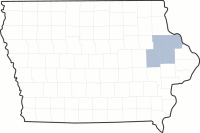
-
Ophiogomphus smithi 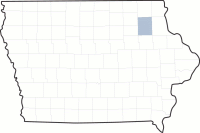
-
Progomphus Image not Available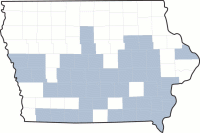
-
Progomphus obscura Image not Available -
Stylurus amnicola 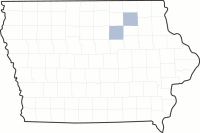
-
Stylurus Image not Available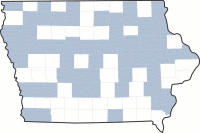
-
Stylurus notatus Image not Available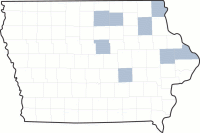
-
Stylurus plagiatus Image not Available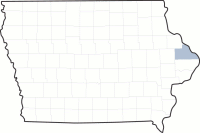
-
Stylurus spiniceps Image not Available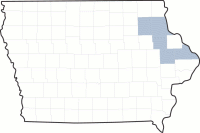
-
Erythemis simplicicollis Image not Available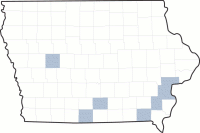
-
Libellula luctosa Image not Available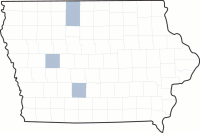
-
Libellula Image not Available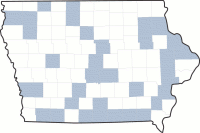
-
Libellula pulchella Image not Available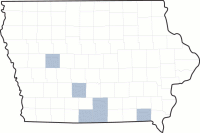
-
Pachydiplax longipennis Image not Available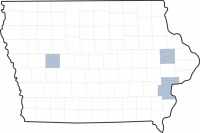
-
Pantala hymenaea Image not Available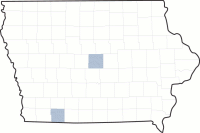
-
Perithemis Image not Available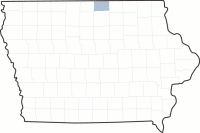
-
Plathemis lydia Image not Available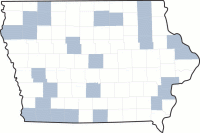
-
Tramea Image not Available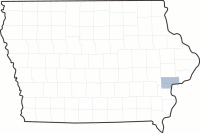
-
Didymops transversa Image not Available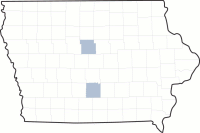
-
Macromia illinoiensis Image not Available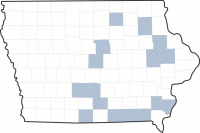
-
Macromia taeniolata Image not Available